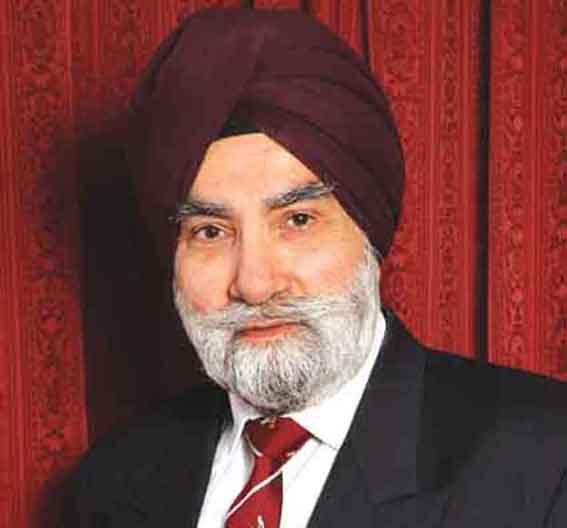15 August 1947: Partition and Uncertain Sikh Future

This is the time of the year when the global Sikh community is compelled for reasons given below, to look back at the partition of the Indian subcontinent with a sense of great loss.
On 15 August 1947 Punjab, the Land of the Sikh Gurus, was divided between two new nations, Pakistan and India. The date marked liberation from colonial rule for the Indian subcontinent. However, it was at a great cost in terms of lives, property and own freedom for the Sikhs.
The Sikh case in India continues to be a running sore even after 75 years. Power was transferred from British colonial rule to Muslim Pakistan on the 14th and Hindutva (Hindu nationalism) dominated India on 15 August 1947. In India, the Independence Act 1947, passed by the UK Parliament, transferred legislative sovereignty to the Indian Constituent Assembly .
Much apprehension was expressed by some British Parliamentarians about the future of the Sikhs, the Dalits and other minorities during the Parliamentary debates. However, even they understood that these minority groups had no real negotiating power and were at the mercy of Hindu and Muslim leaders following the partition. What lay ahead for the minorities in the subcontinent would unfold in the next few decades.
It was easier to guess what would happen in the Islamic state of Pakistan. However, despite some assurances, the future of Sikhs and other minorities in on the Indian side was uncertain. If democratic safeguards did not work, then the minorities would depend on the goodwill of the majority community, the Hindus.
So, who would be defined as Hindus? According the Indian Constitution later drafted by the Indians themselves, non-Muslim and non-Christian minorities like the Sikhs, Buddhists and Jains were bracketed with Hindus. Thus, the Hindutva agenda of the majority community was set and would unfold over the next 70 years. The apprehensions of the British Parliamentarians based on their knowledge of the history of the subcontinent, proved to be well-founded.
Despite appearances, two religion states &ndash Islamic and Hindu &ndash were created on 14/15 August 1947. It needs to be understood from the outset that only the Hindu and Muslim leaders negotiated the future of the Indian subcontinent with the British. The Sikhs were a party to the future of Punjab only and even in that context, the Hindu leaders spoke for them! Baldev Singh, the Sikh representative, sat around the table symbolically as a Sikh representative.
So, except for token and limited participation when Panjab was discussed, the Sikhs had hardly any say about their future despite their massive contribution towards the independence of the subcontinent. Without any constitutional safeguard which recognised the Sikh right to decide own destiny as a distinct people, their future was in the hands of the crafty Brahmanic-Hindu leaders who continue to exploit the highly divisive caste system ingrained into the Indian society, to remain in power.
The above is now part of Sikh history which continues to be made. As discussed in an earlier column, against all odds, the global Sikh commonwealth has grown manifold since 1947 partition. Sikhs will never give up their historical and well-earned right to self-determination and to be treated as a political entity. In this respect, there is an awakening amongst Sikh intelligentsia of the need for a major reformation in Sikh political organisation and representation.
Gurmukh Singh OBE
Principal Civil Servant Retd.